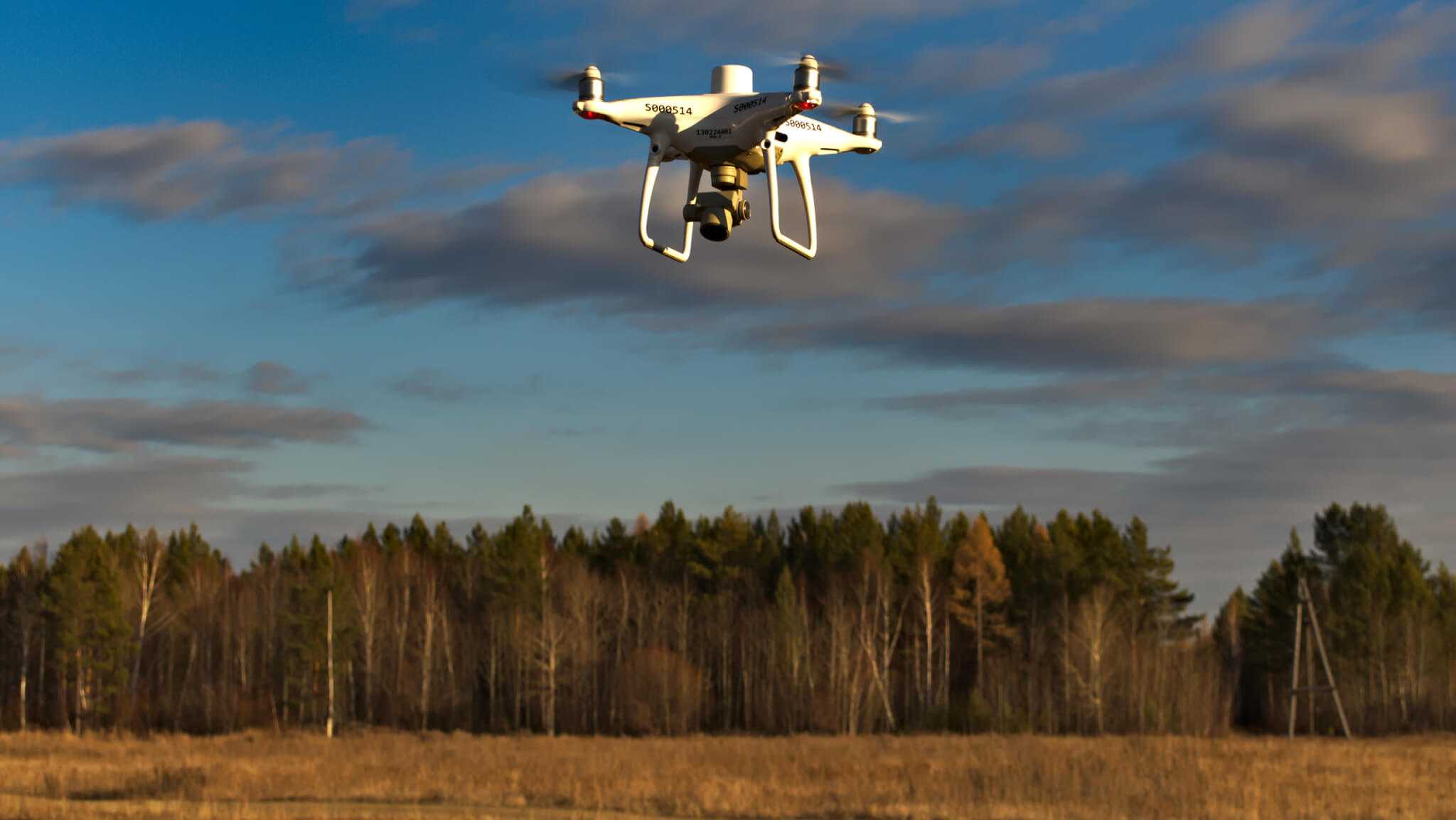The building industry is watching a technological renaissance, and drone surveying is at the cutting edge of this transformation. Together with the ability to capture high-resolution airborne imagery and generate detailed maps inside a fraction associated with the time that takes traditional methods, drones are reforming the way surveyors and construction teams approach their projects. As construction internet sites become increasingly sophisticated, the precision plus efficiency provided by simply drone technology are essential for remaining on schedule and within budget.
The rewards of using drones for surveying are usually vast and far-reaching. From improving reliability and efficiency inside land surveys to providing valuable insights in environmental checking and real house valuation, drones offer you a versatile device for professionals around various sectors. Since we explore the various facets of drone surveying, it turns into clear this innovative approach is not merely some sort of passing trend but a critical aspect in shaping the continuing future of construction and executive. Whether you usually are a seasoned inspector or a newcomer for the field, knowing how drone technology can boost your work is key in order to navigating the changing landscape of design.
Great things about Drone Surveying
Drone surveying has transformed the construction industry by significantly enhancing accuracy plus speed in info collection. Unlike standard methods that need extensive manpower plus equipment, drones can easily swiftly cover significant areas in a new fraction of the particular time. This effectiveness reduces the moment spent on web-site, allowing projects to go forward at a faster pace when minimizing labor charges. With high-resolution digital cameras and advanced sensors, drones can record detailed images and create accurate topographical roadmaps that are vital for effective preparing and execution.
Another essential advantage of drone surveying is the particular improved safety that offers. Construction internet sites can be harmful environments, and conventional surveying often requires workers to understand treacherous terrain or perhaps heights. Drones eliminate many of these kinds of risks by executing aerial surveys by a safe range, thus reducing the opportunity of accidents and injuries. This focus on the subject of safety not sole protects workers yet can also lead to fewer delays and better overall project timelines.
Moreover, the data gathered by drones is highly beneficial for educated decision-making and project management. Drones offer real-time data of which can be analyzed in order to progress, recognize issues early about, and track modifications over time. The mixing of advanced application allows for detailed data analysis, allowing construction teams in order to visualize project developments, optimize resource share, and ultimately improve project outcomes. While a result, drone surveying is certainly not just a trend but a revolution in how building projects are been able and executed.
Revolutionizing Structure with Drones
Drone surveying is transforming typically the construction industry simply by enhancing precision and efficiency in task management. Traditional surveying methods often require labor-intensive processes of which can be time consuming and prone to be able to human error. Found in contrast, drones offer a rapid and correct alternative, allowing surveyors to gather huge amounts of information quickly. With high-resolution cameras and advanced receptors, drones can capture detailed topographical details that informs design and style and planning, eventually leading to smarter decision-making throughout the particular construction lifecycle.

Moreover, the integration of drone technology in construction projects results in substantial cost savings. By eliminating many manual surveying tasks, companies is able to reduce labor costs in addition to minimize project holds off. Drones facilitate current data collection and even analysis, which methods that teams may quickly identify in addition to address potential problems before they advance. This proactive strategy not only keeps projects on plan but also assists maintain budget difficulties, making drone surveying a financially savvy option for building firms.
As the construction market continue to be embrace technological advancements, the part of drones is definitely set to grow further. Future trends indicate that because drone technology changes, so too might its applications in construction. From 3D IMAGES mapping to airborne inspections, the abilities of drones will help improve safety and compliance on structure sites. additional reading towards incorporating drone surveying into normal practice signifies dedication to innovation, boosting overall project top quality and pushing the boundaries of what is achievable in construction management.
Future Trends in Drone Surveying
As technology continues to move forward, the ongoing future of drone surveying seems incredibly guaranteeing. One significant trend may be the increasing the use of artificial intellect and machine mastering into drone surveying systems. These technologies enable drones to analyze data throughout real time, producing it possible to be able to identify patterns and anomalies that human being surveyors might skip. This evolution not only enhances the accuracy of surveys nevertheless also streamlines typically the decision-making process, allowing for quicker responses to be able to issues and optimizing project timelines.
Another noteworthy trend is the enhanced capabilities involving drones themselves. Along with ongoing improvements in battery-life, payload potential, and sensor technologies, drones are developing more effective in numerous surveying applications. The particular advent of multi-spectral and thermal imaging sensors is particularly transformative, enabling a lot more precise data series for environmental overseeing and agricultural research. This expanded operation creates opportunities regarding comprehensive site checks that were formerly time-consuming and resource-intensive.
Last but not least, regulatory frameworks are usually evolving to cater to the rise involving drone technology within surveying. Governments and aviation authorities are increasingly recognizing the particular value of drone surveying, leading to more streamlined regulations that support broader adoption. As rules be defined and even accessible, businesses will be better located to implement drone surveying into their methods, paving the way regarding new applications around industries and considerably enhancing efficiency in addition to cost-effectiveness in long term projects.
